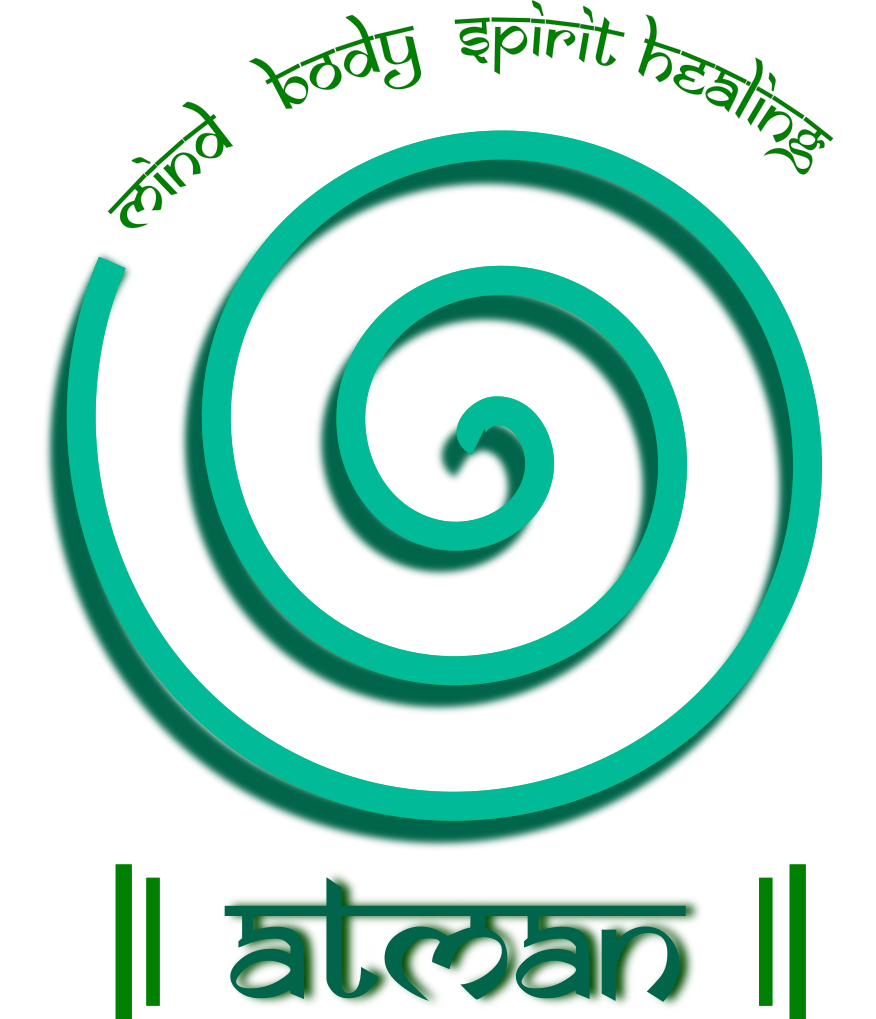Does any of the following sound familiar to you?
Stress, fears and phobias of a particular object or situation, indecision, self-doubt, anxiety, depression, let downs, continuous failures in career, jobs, unsupportive family members etc.
Life isn’t a cake walk!
We all live in an environment that demands us to achieve various things for ourselves, our loved ones and for the organizations/institutions we are part of. In a perfect world, we can achieve all this by being healthy and happy. But unfortunately, we meet with challenges, we struggle in relationships, mismanage our finances, deal with unexplained physical ailments or even recurring nightmares. No matter how much we learn to cope with these, there are times, we feel caught in a vicious cycle.
So, why am I writing this article? To remind you that life is difficult or even shitty at times? Definitely not. This article will help you understand why certain things happen to you and why some others happen repeatedly, and also the ways you can manage, heal and start a new life path altogether.
We live from the inside
This is exactly what people fail to understand. We actually tend to believe that it is the other way round. That’s because understanding what lies inside us takes a good amount of introspection which isn’t easy. Or probably no one ever told us ,our inside shapes our outside …that to quiet an extent we are the creators of our reality. But, have you ever experienced a change when you feel good from inside and vice versa? If yes, it surely supports the idea that we indeed live from our inside. A change of perspective works, working on yourself works, and what doesn’t work is blaming your external circumstances. Investing our energy (thoughts) in trying to change something that we cannot change is a waste. In this article, we will discuss changing something which is ours, the root cause of our good and bad experiences – our beliefs. It’s definitely something we can change and so the investment of energy is worth it.
Meet your beliefs
An idea that one believes in is a belief. If you strongly believe in it, then you act/behave based on that belief. Imagine you do that continuously, i.e. act out the belief over a long period of time. It becomes your behavior and it’s outcome remains constant in your life unless you change the root cause that is the belief itself.
Now, let’s check what’s a belief system. From our earliest experiences, we begin to form beliefs about ourselves, other people, and the world as a whole. These beliefs are shaped by a variety of factors, including our culture, upbringing, experiences, and interactions with others. Beliefs are essentially mental representations of the world around us. They can be positive or negative.
There are few interesting things happening with beliefs – confirmations, conscious and unconscious, imitations and borrowing. Let’s explain this with the help of two scenarios.
<h3″>Beliefs and Relationships
Let us consider a person named John, who believes that a romantic relationship comes in the way of career. He also believes that you have to be in a certain way to be chosen by a life partner and not be in real self. Another belief is that once marriages should be perfect without a single instance of fight. Let’s say one among these beliefs is conscious and the others are unconscious i.e. he is not aware of the idea. As our external reality reflects our internal thoughts and beliefs, John goes through real experiences that confirm or justify the beliefs (both conscious and unconscious).
Interestingly enough, we subconsciously seek confirmation for our beliefs. And so as John believes that a romantic relationship comes in the way of career, he will have a hard time focusing on his career while he is in a romantic relationship, another possibility is that either his career or relationship will suffer. People in John’s life, i.e. his romantic partner in this case, will play out these scenarios for him. In this way, his beliefs are confirmed and reinforced.
Sources of beliefs
So from where did John acquire these beliefs? Most or at times all of the beliefs are formed in childhood that are our initial and highly impressionable age. This happens in various ways. They could have been directly “fed’ by the elders or acquired through observations of elders’ behaviors or subconsciously picked up from the environment one grows up in. An important factor here is the mirror neurons. These are nothing but the neurons that make babies imitate their elders and learn to do various things. But the neurons cannot differentiate between positive and negative behaviors. So we, humans end up learning the harmful behaviors of our adults as well.
Behaviors are nothing but our response to triggers. When you are angry, you express that in a certain way which is called your behavior in other words, it’s your response to the trigger. In another scenario, you react to stressful situations with haste and anxiety. This is also a response to the trigger. In both cases, it could be “learnt” response owing to the mirror neurons or repetitive action. Read more…
Beliefs and Money
Now let’s check another example. Ron has certain negative beliefs about money because of the lack of money he and his family experienced. He saw his father struggle for money and later find quick money and also lost it quickly while the other affluent friends and relatives lived lavishly. As a result of the situation, he acquired beliefs such as money is bad, it comes and goes easily. Owing to the fights he witnessed , he formed the beliefs – money is the root cause of all evils, it is difficult to earn money. On the other hand, someone who grew up in financial abundance associates money with ease, carelessness and comfort, he has a carefree and positive relationship with money.
As we illustrated in the previous example, beliefs are borrowed consciously or subconsciously, as a result of mirroring and it manifests into real scenarios with people in your life contributing to your experience.
Correcting negative beliefs
Let’s play a game with “beliefs”! Why in the world would you play with something as abstract as a belief? I know that’s strange, let me explain.
Correcting beliefs that have a negative impact on our life is nothing but healing, with healing comes various positive results such as happy and harmonious relationships, financial abundance and physical health. While this can be easy for some, it is a difficult journey for few others with many inconsistencies on the way. Many give up, become frustrated and doubt the process of healing itself. So, here I am simplifying the healing process for you and making it a little fun!
1. Identify your current beliefs:
Considering the above example of John and Ron, let’s create the model of trigger-thoughts-outcome. {In mainstream psychology, it is known as the Stimulus-Organism-Response (SOR) model}. “Thoughts” is where your beliefs are. So, if relationship is the trigger, and John’s response is fear, then his corresponding belief can be “I’m not worthy and capable of having a fulfilling romantic relationship”. For Ron, the trigger is money and the response is losing money easily, the corresponding belief can be – “Money comes and goes easily”. In this way, if you list your triggers and responses, you can track down your beliefs. For those beliefs that lie in your subconscious, it may take some time to come for them to the fore. As a quick solution, therapy can help.
2. Challenge your beliefs:
The Achilles Heel of beliefs is their irrationality. That’s the “catch”. But we believe in them so strongly and they play out so well in our life, that they appear to be true. Question their irrationality and impracticality repeatedly. Analyze anything that comes as an answer to justify the belief. Observe the impact of each belief in your behavior and life. Identify and become aware of the repeated patterns of trigger-thoughts-outcomes that you followed. With awareness and observation, you are on the right track to “challenging and changing beliefs”.
3. Practice positive behaviors:
Bring positive beliefs into practice. For this, write down your negative belief and write an opposite positive belief which aligns with the desired positive outcome. Write down ways to actually practice the positive belief. For example, someone who believes he is incapable of public speaking needs to inculcate the positive belief that he is capable of public speaking. And also needs to support the new belief with the action of speaking at public platforms until his new belief now becomes his reality.
Now, the fun in changing beliefs comes with a change in perspective:
-
- Change your perspective from changing beliefs is a mechanical task done with will power to it’s fun to identify my negative beliefs and think of a positive one.
- Change your perspective from I judge myself for thinking silly, irrational beliefs to I’m non judgemental and loving towards myself and my old beliefs.
- Change your perspective from my beliefs have power over me to I have power over my beliefs and their outcomes.
Your action items:
You take medicines for illnesses but also maintain healthy habits to prevent acquiring more. Just the same way, here are a few actions that will help you stay aware of your negative beliefs and get you closer to positive ones.
- Write/journal about your experiences from a third person point of view.
- Mediate for a minimum 15 mins daily.
- Read books that broaden your perspective about life and people.
- Indulge in activities that make you feel resourceful and in charge like sports, gardening, dancing, cycling etc.
Closing thoughts:
Challenging and changing one’s belief system is a powerful practice in self-healing and can be empowering. Therapy, on the other hand, deals more effectively with the subconscious beliefs. Both therapy and self-healing complement each other. Got a query or need to understand more about beliefs and their impact, get in touch with me at atman.archanasingh@gmail.com. To book a therapy session, click here


